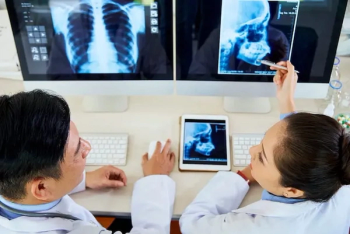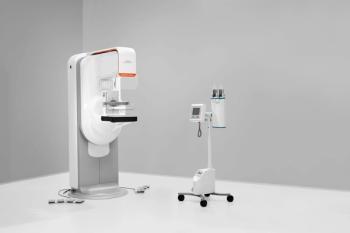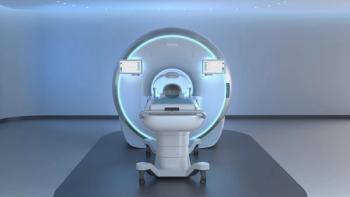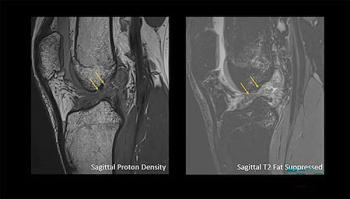
Dashboard Reduces Turnaround Time, Fosters Competition Between Radiologists
A dashboard to track the total image analysis time, as well as a daily performance report, reduced emergency department turnaround times and improved workflow.
A daily dashboard that highlights details about number of exams and time-to-report generation can significantly reduce turnaround times in emergency departments where the most rapid, efficient care can be critical, according to new research.
During the Society for Imaging Informatics in Medicine (SIIM) Virtual Meeting 2020, researchers from the Cleveland Clinic presented a post, detailing how a dashboard – and an accompanying daily report – can help emergency medicine radiologists truncate the time it takes them to fully complete the image analysis process by more than 10 percent.
“Faster image interpretation directly impacts the quality of patient care,” they said, “especially in the case of the emergency department, so it is vital that images are interpreted in the most timely and efficient manner.”
Slow turnaround times not only hamstring emergency physicians who need imaging reports to determine best treatment options, but they can also slow down discharge or admission, significantly increasing emergency room wait times.
To fix this problem, the team created a dashboard, called the Turnaround Time Compliance dashboard, to track turnaround times by provider. This tool identified busy times in the department, highlighting opportunities to proactively balance workload, and it also revealed PACS data on the number of available images at any given time, potentially uncovering times when batching studies might inadvertently delay a radiologist's productivity.
During the study, each radiologist received an individualized report at the end of the day, detailing three things: time until report creation, time until preliminary report was made available, and time until report was signed. The reports can also reveal behavioral workflows between radiologists and foster a healthy sense of competition, the investigators said.
The Results
According to the team’s analysis, implementing the dashboard reduced turnaround time by approximately 10 percent to 13 percent. But, the system was also beneficial in changing some long-standing behaviors in the department, as well.
That competitive feeling, the team indicated, created a “more focused, streamlined, and timely interpretation of images.” It also limited cherry-picking behavior among the radiologists when selecting which studies to interpret.
While the emergency medicine and radiology providers experienced a positive impact, they said, patients were helped the most.
“Ultimately, these more timely interpretations have had a positive impact on patient care and patient experience,” they explained, “reducing overall time in the emergency room.”
Newsletter
Stay at the forefront of radiology with the Diagnostic Imaging newsletter, delivering the latest news, clinical insights, and imaging advancements for today’s radiologists.




























